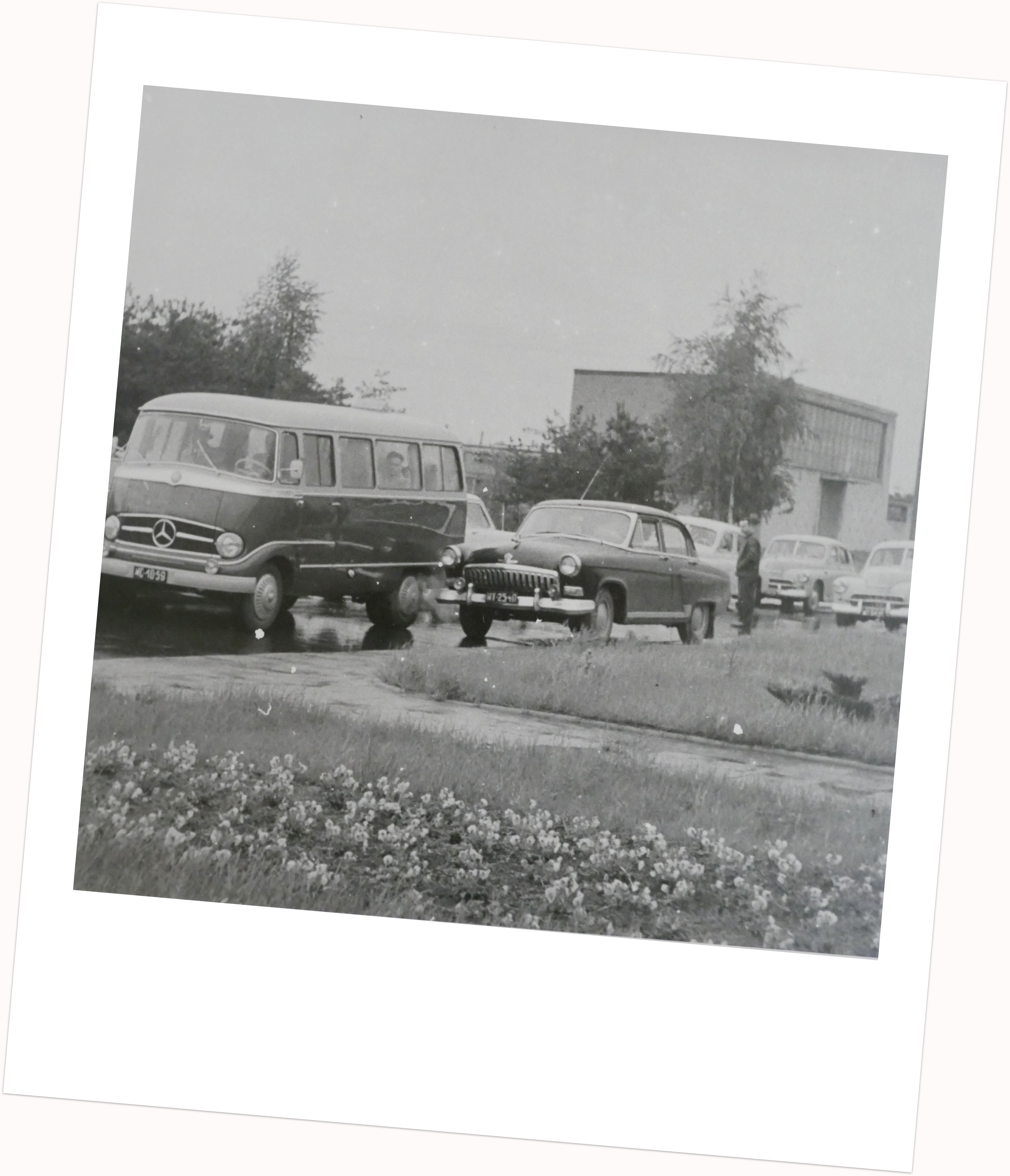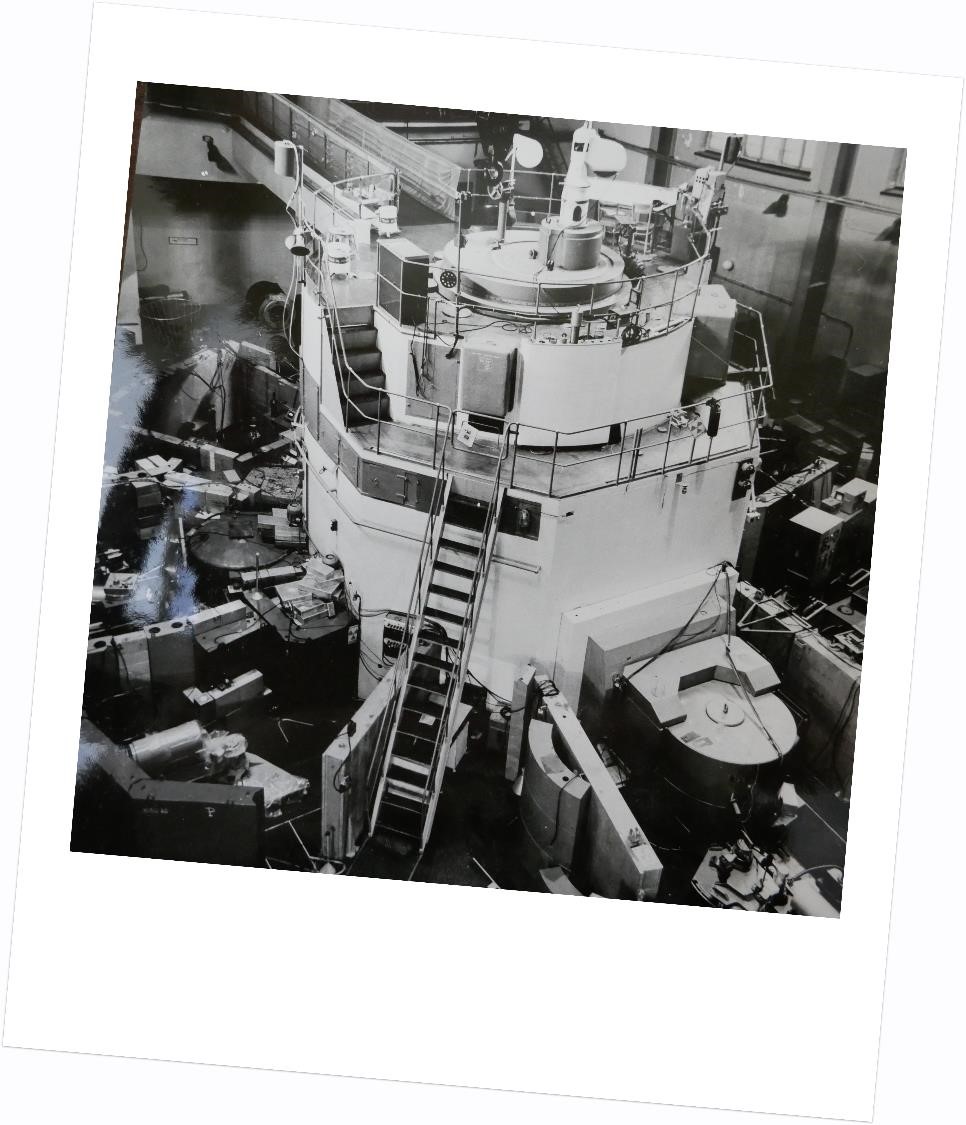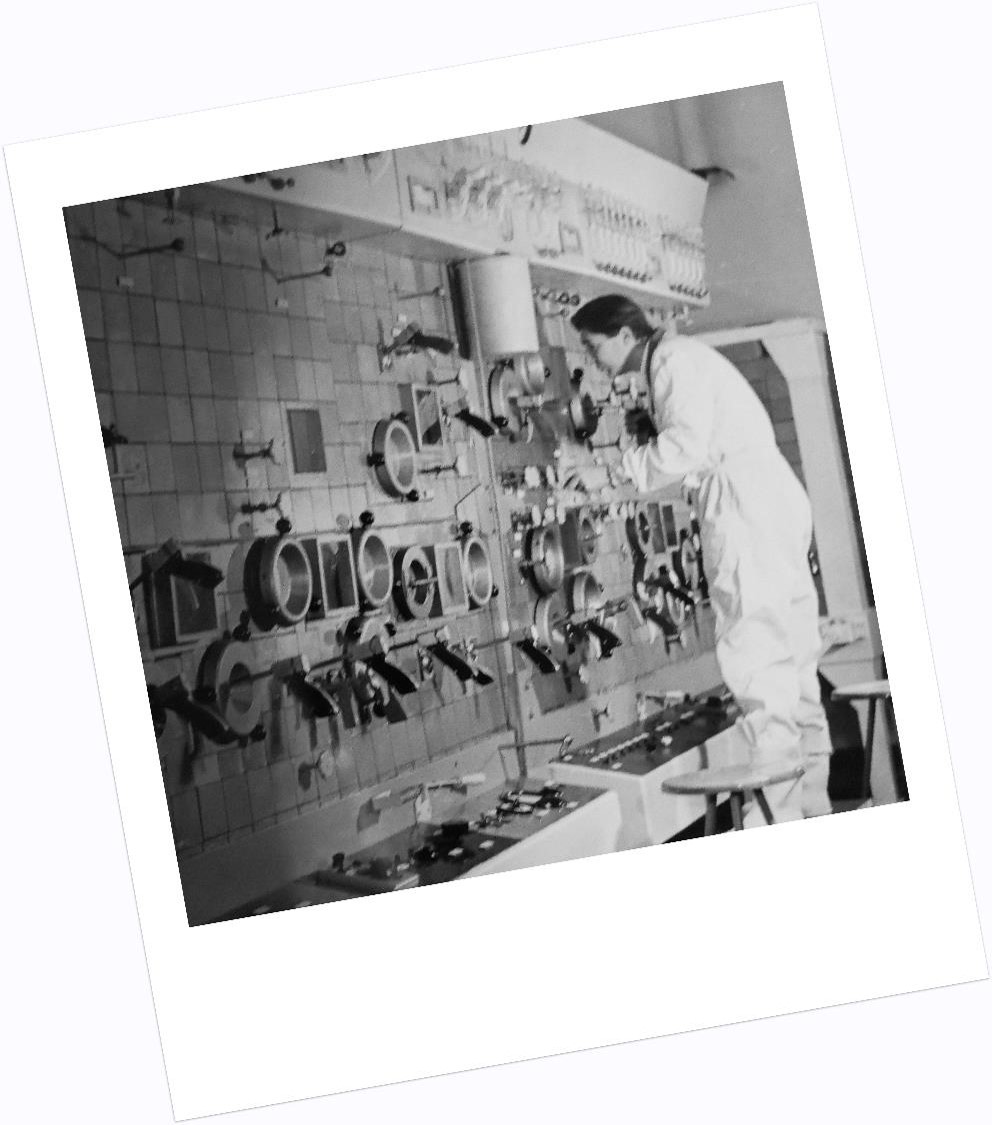On 4 June 1955, the Nuclear Research Institute was established
On 4 June 1955, the Presidium of the Council of Ministers of the People's Republic of Poland, reacting to the declassification by the USA, the UK and the USSR of some of the work on nuclear physics and the provision of nuclear technology to other countries, passed a resolution establishing the Institute of Nuclear Research. Its first director was Professor Andrzej Sołtan. Two years later, after Prof. Sołtan's resignation, the post was given to Prof. Jan Paweł Nowacki.
The Institute's activities included atomic nucleus research, nuclear engineering and the use of nuclear energy for the national economy.












